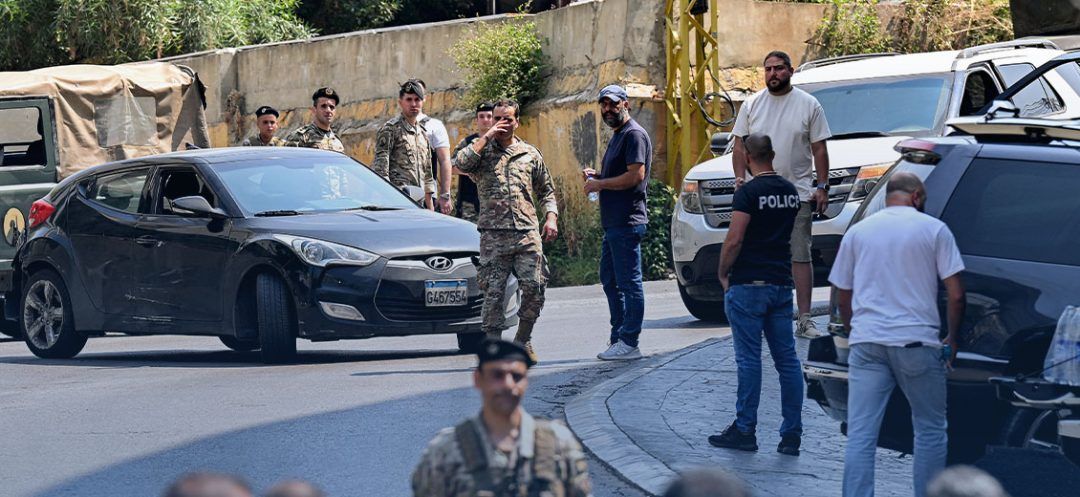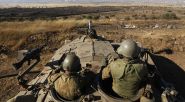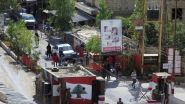
All information on the assailant behind the US Embassy attack in Awkar, north of Beirut last Wednesday, stems from Qays Farraj's family and acquaintances. His interrogation remains challenging, if not impossible, due to his severe health condition resulting from gunshot wounds.
Current evidence strongly suggests that the assailant acted independently, influenced by ISIS ideologies obtained through online sources and contacts in Lebanon, Syria, and Iraq. Additionally, he has been receiving religious education at a school associated with a Syrian sheikh in al-Suwairi, Western Bekaa. Analysis of his communications reveals a motive for revenge: firstly, against US forces combating ISIS in Syria and Iraq, and secondly, seeking retribution for victims of the Gaza conflict at the hands of the Israeli army, armed with American weapons.
The Information Branch of the International Security Forces (ISF) is expected to hand over the driver of the van who transported the assailant from the Bekaa to Beirut, along with another individual. The military intelligence has yet to identify the source from which the assailant procured the weapon and ammunition. This distinction is vital in establishing whether he acted independently or had backing from an external party. The evidence of the weapon purchase will conclusively identify the seller. If this information remains undisclosed, suspicions of individual involvement will linger, which could potentially obscure the investigation.
According to security sources, the attacker fired his Kalashnikov rifle for over fifteen minutes, releasing approximately a hundred rounds. Initially targeting the embassy's main entrance, he wounded one guard with three bullets. The injured guard is currently undergoing treatment at the American University Hospital. Despite exchanging gunfire with embassy security personnel, it was the Lebanese armed forces (LAF), deployed in the area, who ultimately managed to shoot the perpetrator.
Security sources refrained from commenting on any security breaches in the vicinity of the embassy, stating the impossibility of inspecting every vehicle and passerby on the public road directly in front of the building. They emphasized that individuals could easily conceal weapons and cross this route. The sources highlighted that the problem lies not in road monitoring capabilities, but in the surveillance and tracking of extremist individuals and groups. They advocated for stringent control measures and prevention of any attempts to evade apprehension.
According to the same sources, the US embassy’s incident reignited concerns about extremism. However, this doesn't imply that Lebanon is inundated with such groups, as some may promote. While there are individuals holding extremist ideologies in various parts of Lebanon, it's crucial to acknowledge that any one of them could act independently, operating as a lone wolf. This phenomenon is observed in many countries, some of which have experienced incidents like stabbings, car-rammings, and shootings motivated by ISIS ideology.
Read more



Comments